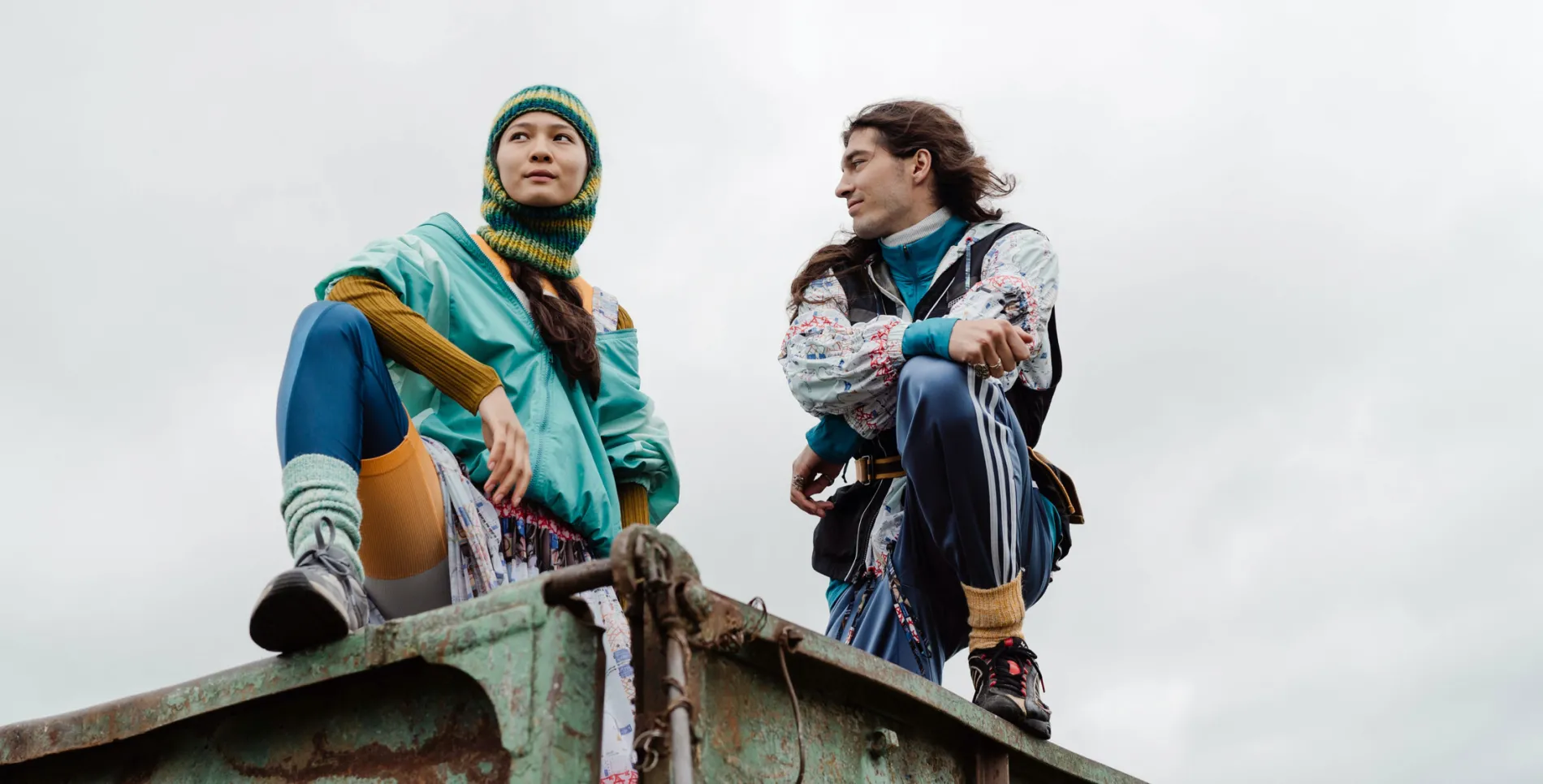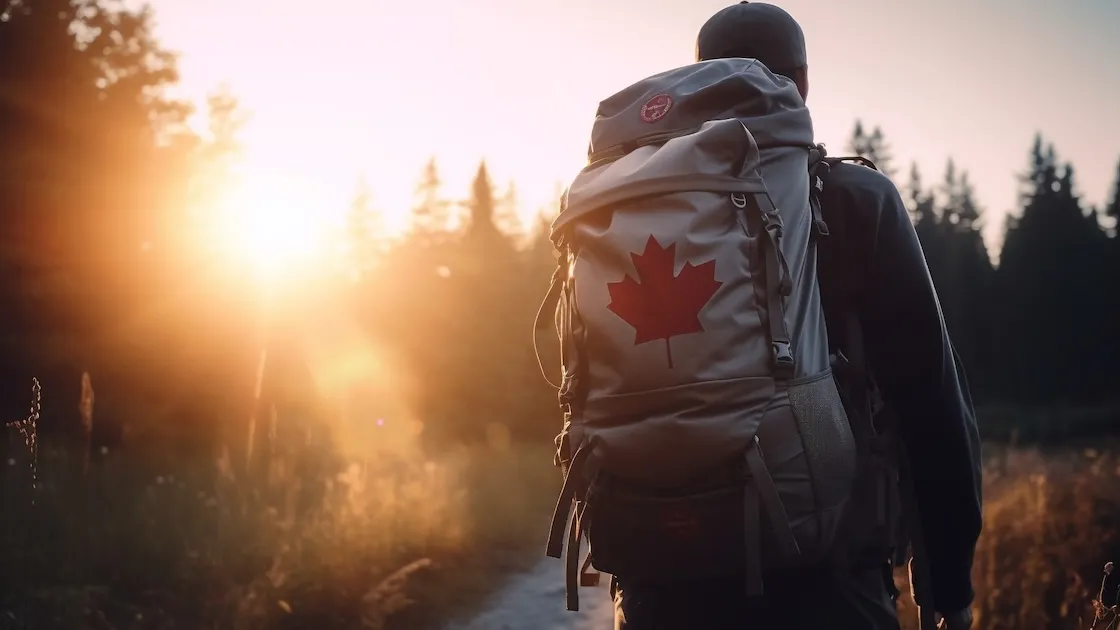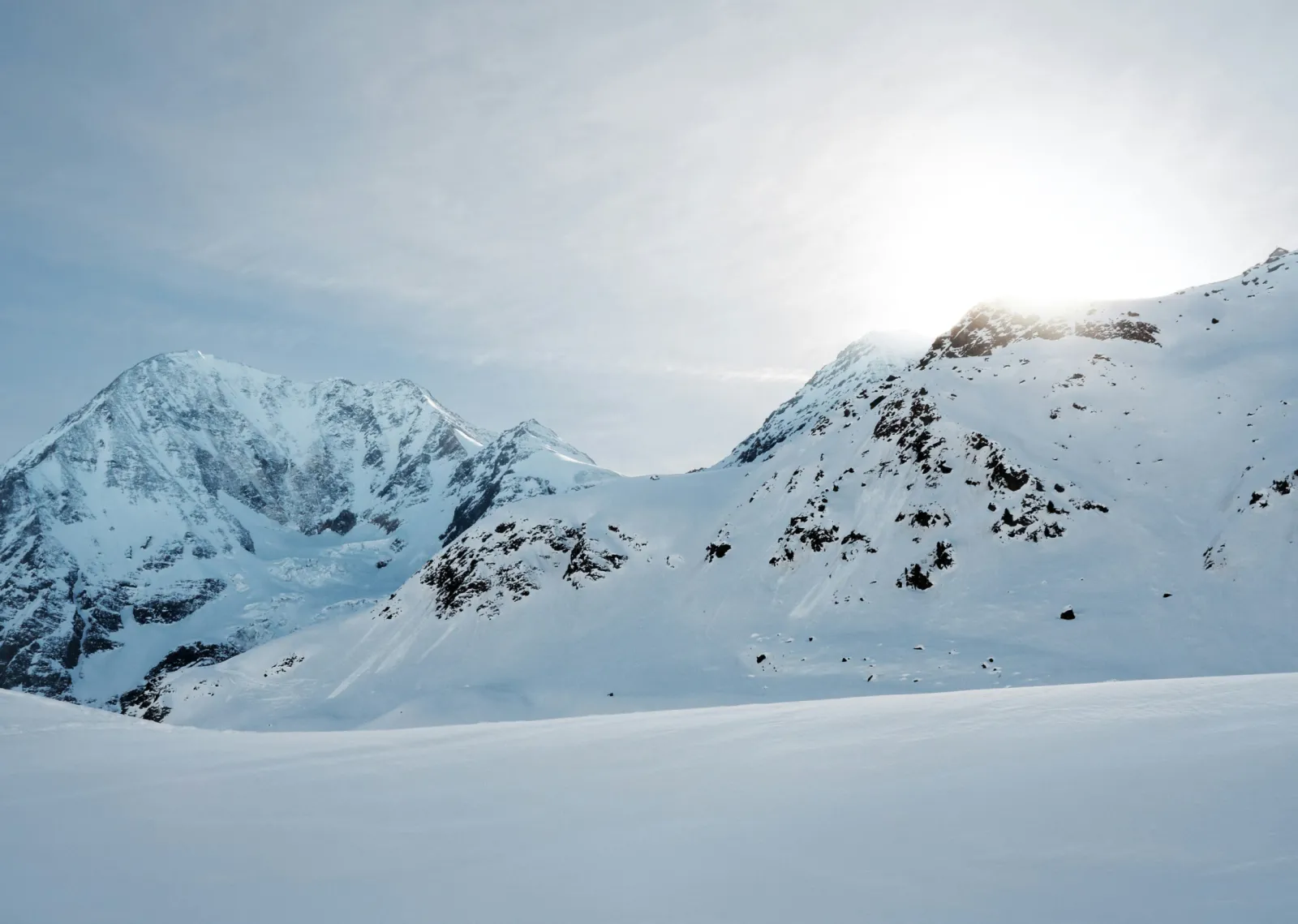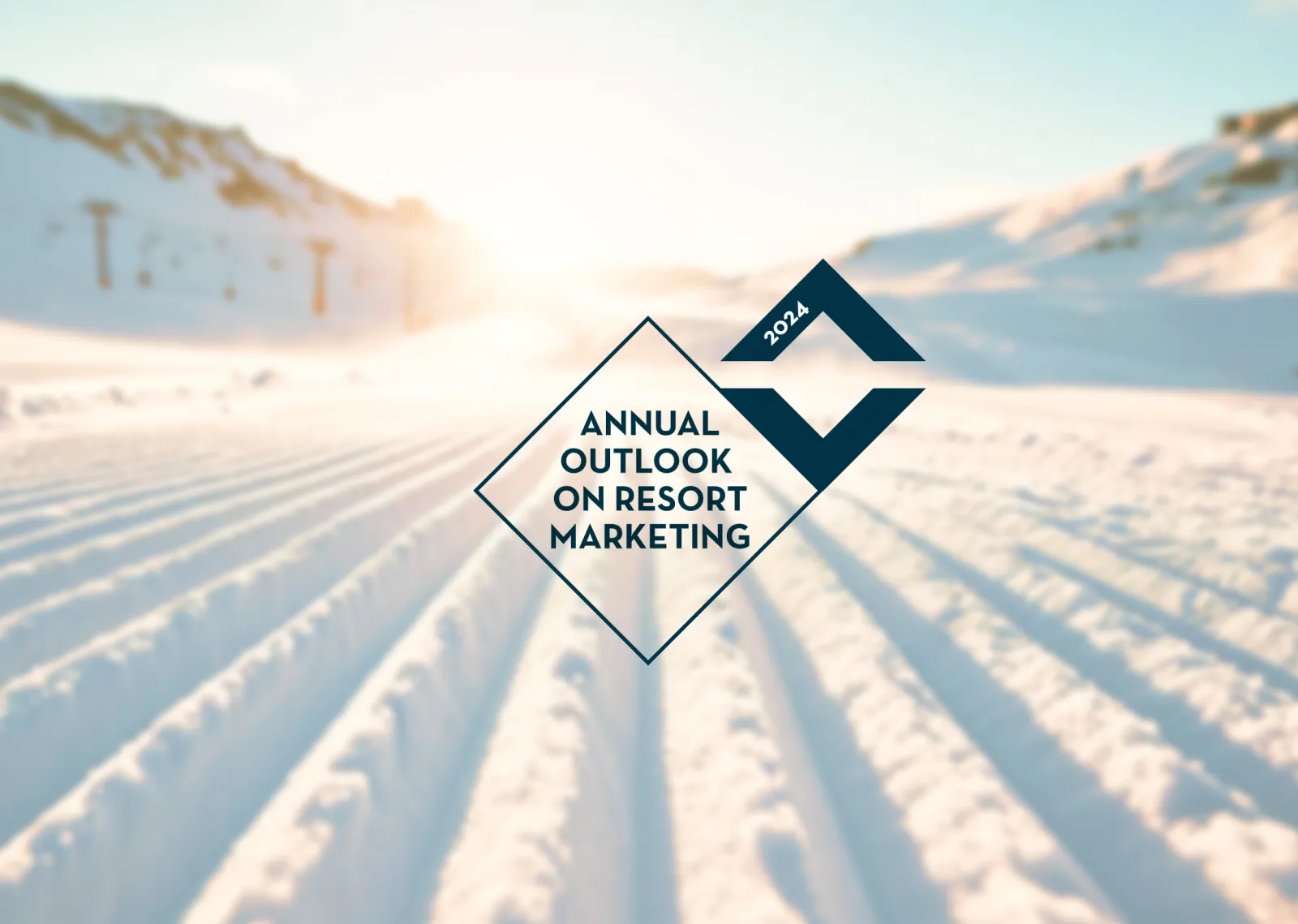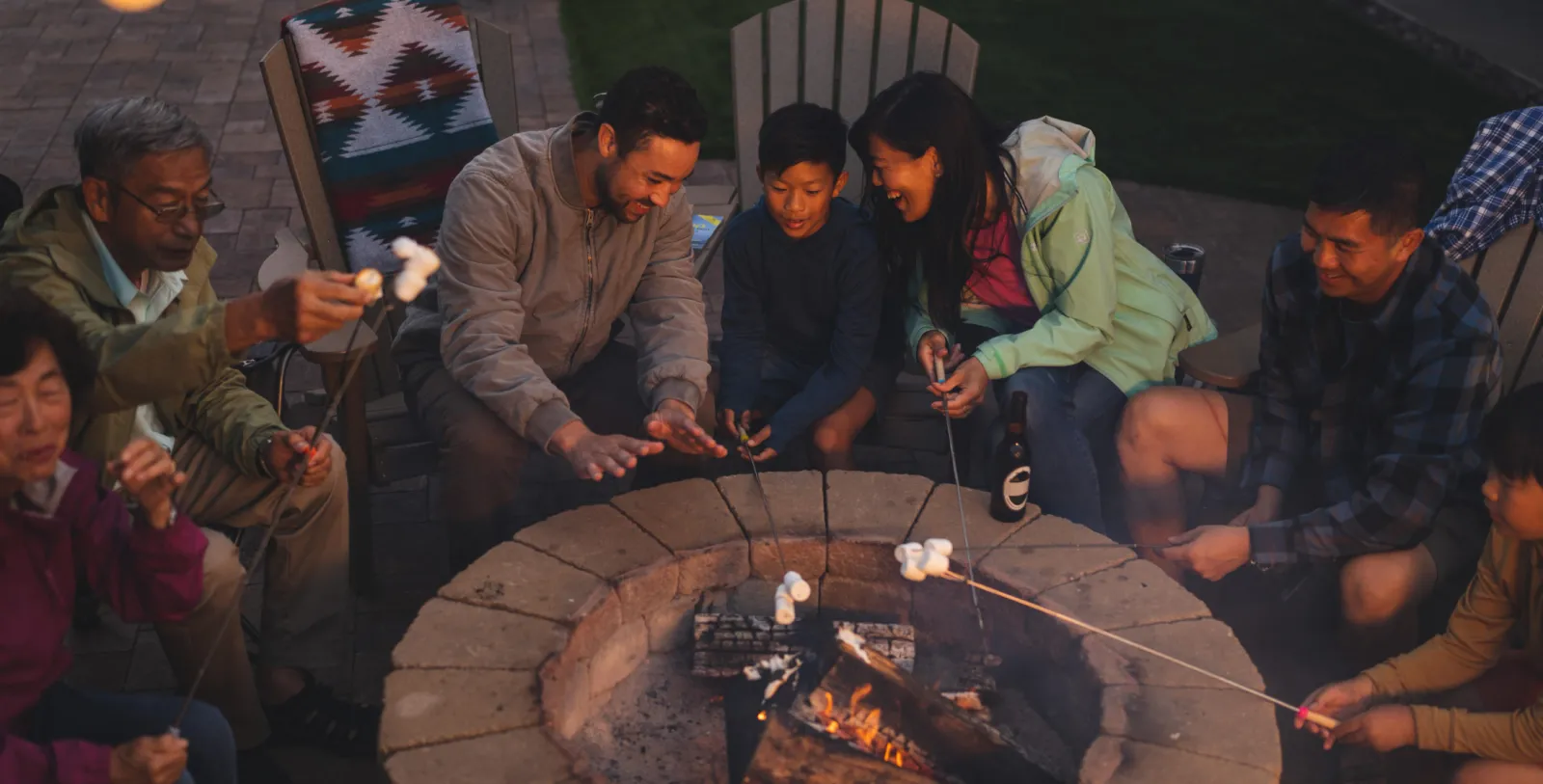Sportswear as high fashion in 2022
Much has been made of sportswear’s transition from wardrobes for niche active endeavours to commonplace high fashion choices for the day-to-day. We provided a brief history of this evolution in 2015, but the lines between sportswear and high fashion have only continued to blur since then. So it’s time to dig in again on how the intersection of consumer adoption, market segmentation and brand positioning has given us some very peculiar outfits.
Consumer & Media Adoption
In our last piece we spoke about how Jane Régny and Suzanne Lenglen brought tennis-inspired activewear to 20th-century women, Bruce Lee made tracksuits a fashion statement in the 70s and how Stan Smiths were specific to the tennis court until Marc Jacobs got his hands on them.
While strategy may have caught onto the coattails of consumer and media adoption in the examples above, the reality is that many trends are beyond a brand’s control, including that of wearing a velour tracksuit to a prestigious country club.
Today, we see the same through fashion’s adoption of gorpcore, a term penned in 2017 by CUT’s Jason Chen to describe the surge of technical apparel in cultures outside of the outdoor industry. The North Face, Arc’teryx, Columbia, Salomon and Merrell are just a few names endemic to the outdoors that have been at the forefront of this mass adoption.
While we cannot fully control how people adopt products from outdoor brands (though of course, we try), we can understand why. In the instance of the outdoors, there are a few key reasons why highly technical products have proliferated the high-fashion industry:
- Utility/Function: Consumers are drawn to the attention to detail and thoughtful design elements that are a key offering in outdoor performance products. With 83% of the U.S. population living in urban areas, fashion enthusiasts are preferring to spend money on products that have more to them than just style. As one Reddit user put it “Gorpcore is the modern evolution of workwear. Clothes designed for functionality being utilized for fashion.”
- Sustainability: The idea of consumers “voting with their wallets” is not new and while high-fashion brands have begun shifting their practices, outdoor brands are often founded on the principle of sustainable practices.
- Durability: Few high-fashion brands conduct rigorous material testing or have teams dedicated to the ongoing development of new performance materials with the purpose of durability and longevity. Meanwhile, these practices are nearly ubiquitous in the outdoor industry, causing durability-conscious consumers to shift their focus.
Of course, not all trends are adopted based on a conscious decision for higher-quality, functional and sustainable products. There is another equation that can drive the why behind outdoor brands being adopted into high-fashion in today’s age:
(A famous rapper) + (a famous creative director collab) = Brand blows up*
*not necessarily a long-lasting strategy, but an effective one nonetheless
Market Segmentation
Of course, brands do have a choice to make once the signs of adoption outside of their industry/audience are present.
For Arc’teryx, their dedication to design and high-quality product offering has met the needs of the urban high-fashion segment through their sub-brand, System-A, launched in August 2021.
Since the 90s, The North Face has been growing their off-mountain strategy to develop and distribute products geared towards audiences outside of the outdoor community as new brand advocates have adopted their products. This off-mountain approach includes differentiated strategies for targeted products, distribution, marketing, collaborations, frequency of merchandising, and launch, all specific to segments that are already adopting the brand. Most recently (and perhaps notably), this has come to life in the form of collabs like TNF x Gucci.
Additionally, in owned channels, the brand has also segmented its social media presence to speak to key audiences and their drivers. Visit @TheNorthFaceCity and you might think it’s playing in a completely different vertical than the main brand account @TheNorthFace. Through the aforementioned strategies, it can now reach different brand advocates without sacrificing what it stands for and why people flocked to them in the first place.
However, their success is not based on fully catering to each audience at the expense of the main brand and its overarching positioning. As we will explore in more detail below, TNF remains a core outdoor brand focusing first on their key on-mountain offerings.
Brand Positioning
Ultimately, a brand’s positioning comes down to creating brand associations in customer’s minds to make them perceive the brand in a specific way. It is also the expression of the brand's unique offering within the competitive landscape.
And sure, while they have found ways to maximize on these new audiences, Arc’teryx and TNF have maintained their main brand’s positioning since the adoption of outdoor performance gear in high-fashion subcultures. They continue to be top-of-the-line outdoor brands for explorers and mountain enthusiasts with product offerings that are performance-driven. But what of new players? Gorpcore extends beyond established outdoor gear manufacturers and many non-endemic brands including Vallier, And Wander and ACRONYM are positioned specifically to meet the needs of affluent urban consumers who care about both style and function/performance.
Unlike endemic outdoor manufacturers, the target audience for these brands is not necessarily a variation of the core outdoor consumer, and their point of differentiation within the category may have less to do with the outdoors than an Arc’teyx or The North Face.
Ultimately, these brands are not perceived first as outdoor brands for mountain enthusiasts, but rather high-fashion brands with a focus on fashion with function, resulting in product offerings that compare to both Arc’teryx and TNF.
So What Next?
The reality is that trends will continue to ebb and flow and fashion subcultures will affect how outdoor products are adopted and used beyond our industry. While the term gorpcore may not be enduring (at least we can hope not), product attributes found in the outdoor industry like performance, functionality, sustainability and durability are hardly fleeting trends. What is clear is that since the early 20th century, sportswear, whether it be made for tennis, karate or ice climbing, has led to its adoption in high-fashion and will most likely continue to do so into the future.
